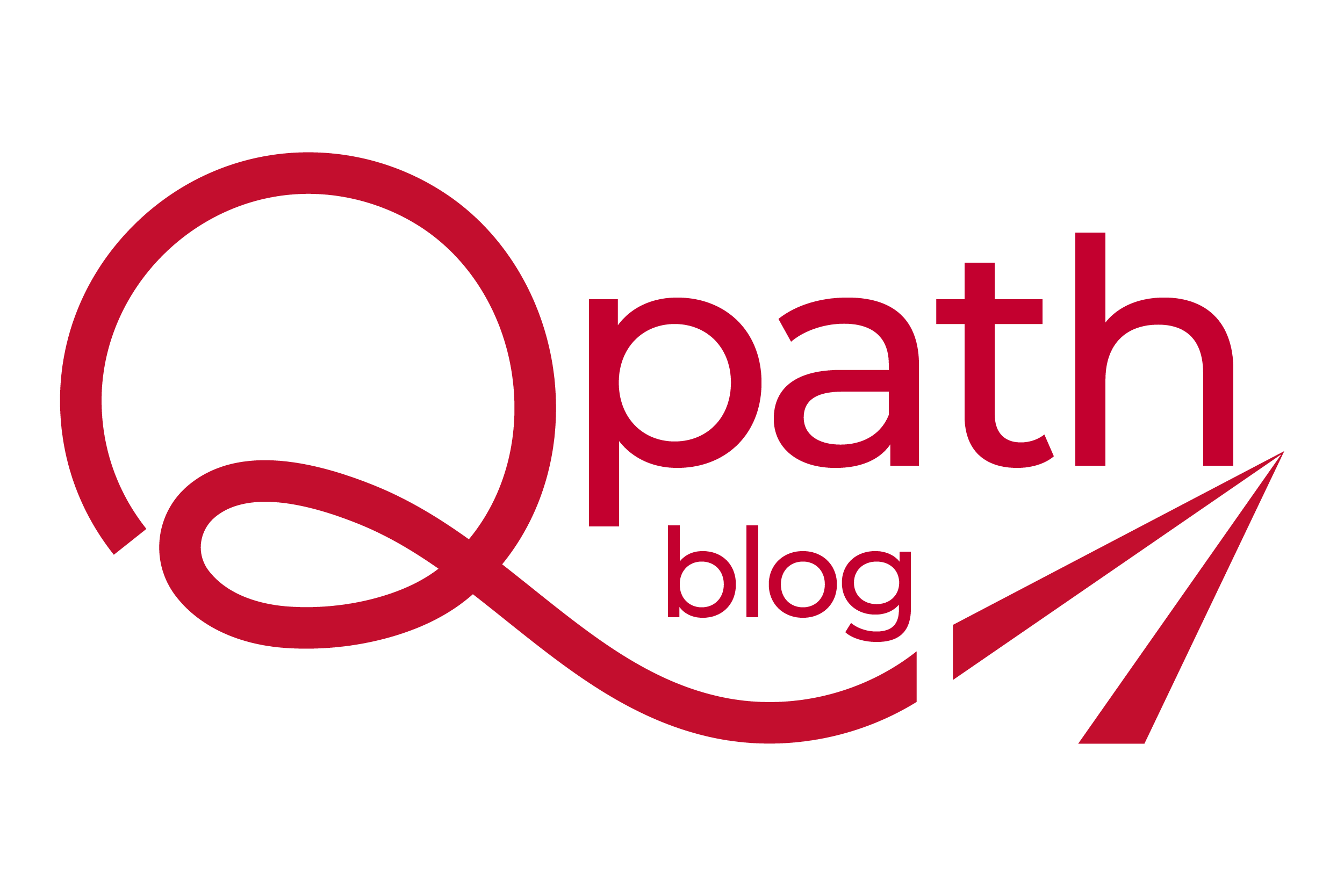
Nobody likes gaps in information that can cause missteps in decision-making. That’s especially true when you’re responsible for someone’s health and safety, and it was a big concern when updating the NCPDP standard for ePrescribing. Beginning January 1, e-prescriptions should be transmitted using the new Standard 2017071, which contains many new fields that have the potential to help close gaps in information between prescribers and pharmacists.
That’s a lot of info
The new SCRIPT Standard actually contains 500 new fields – although it’s important to remember that some may never be used because they depend on implementation by both sides of the Surescripts® network. But it will be nice for prescribers and pharmacies to have the option to pass along information that could be important to a specific e-prescription.
For example, patient allergies were not included in e-prescriptions under the old standard and were left to pharmacies to collect from patients and reference during a fill. Although there’s still much discussion about identifying best practices for patient allergies and determining whether the EHR or the pharmacy management system is the system of truth when it comes to having allergies on file, new SCRIPT will allow the information to be sent to the pharmacy for greater awareness.
Another biggie: the field for Sig Directions has increased roughly 10 times to 1,000 characters. It’s doubtful you would receive a 1,000-character Sig, but it’s a substantial improvement over the current version, which limited directions to 140 characters.
More information on the new information
Here are some other additional or modified fields worth noting:
- Former Name (i.e., maiden name) added to both the patient and prescriber – helps the pharmacy ensure it’s selecting the right patient or prescriber from its database.
- Provider Authorization to Administer field – allows the prescriber to proactively provide approval documentation for pharmacist administration of medications such as immunizations.
- Up to 25 ingredients of a compound medication – great news for pharmacies that fill compound prescriptions and were previously limited to receiving just the compound name.
- Prescriber segment – the many new fields could provide better identification across multiple places of service and also include identifiers (e.g., NADEAN) that haven’t had an explicit spot in the standard before now.
- Prohibit Renewal Requests – if a patient visits an emergency room and the prescriber writes a prescription but wants the patient to follow up with the primary care provider, he or she would send Prohibit Renewal Requests as Y, indicating he or she should not be contacted for additional refills.
- Follow Up Prescriber – provides the patient’s PCP for follow up.
- Individual message types to directory updates for prescribers – lets pharmacies more easily indicate which message types are enabled for participating prescribers.
To remember
Potential new information on prescriptions is a good thing, and your QS/1 system will be ready for new SCRIPT. But the systems that engage when an electronic prescription is created and sent must also be prepared. This includes ePrescribing networks like Surescripts, the prescribing and EHR/EMR software systems, and the payor systems (for medication history and ePA). Now is a good time to start asking other prescribers or healthcare providers you have good relationships with if they know about the new standard so they can also ensure that their software management systems will be ready.
See everything QS/1 is saying about the new SCRIPT ePrescribing Standard here.

Comments (0)